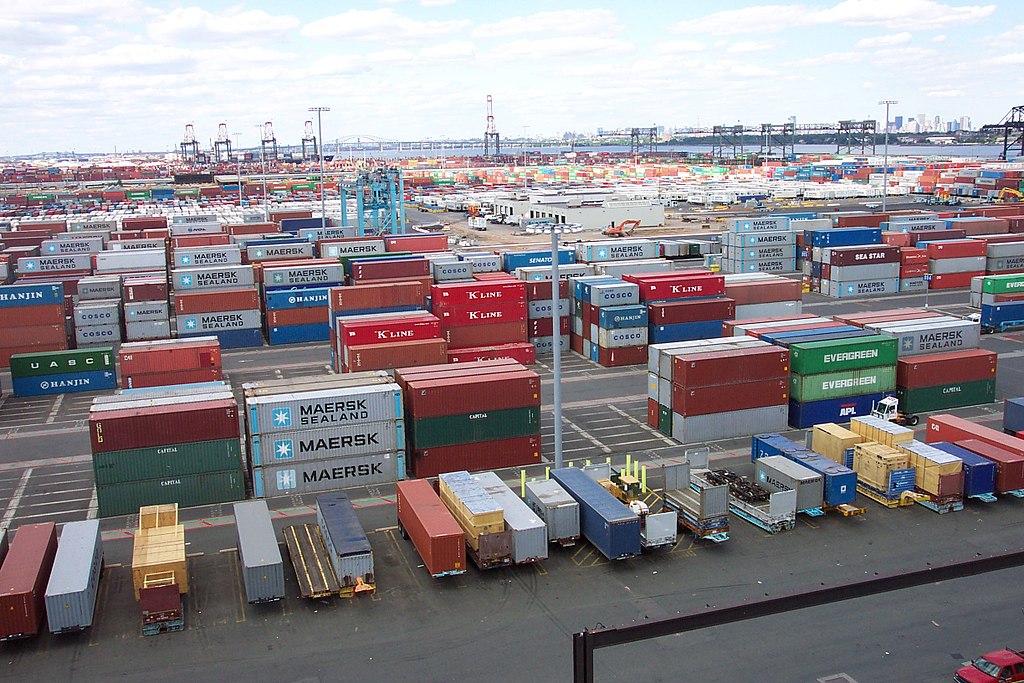U.S. President Donald Trump announced plans to impose sweeping reciprocal tariffs on all trading partners, expanding the scope beyond the initially suggested 10 to 15 countries with major trade imbalances. The announcement is part of a broader trade agenda that Trump has labeled "Liberation Day," scheduled for unveiling this Wednesday.
Speaking aboard Air Force One, Trump confirmed the tariffs would apply to "essentially all of the countries that we’re talking about," signaling a more aggressive stance than previously expected. While White House economic adviser Kevin Hassett recently mentioned targeting the top 10 to 15 nations with the worst trade deficits, Trump clarified that the new tariff policy would be global in reach.
The U.S. has already enforced tariffs on imports of steel, aluminum, automobiles, and all goods from China. Trump argues that reciprocal tariffs will protect American industries from unfair trade practices and serve as leverage for renegotiating trade deals on more favorable terms.
The plan includes matching tariffs on countries that currently impose higher duties on U.S. exports. Although Trump hinted last week that some tariffs may be adjusted or reduced depending on specific circumstances, he reaffirmed that all countries charging the U.S. unfairly will face countermeasures.
In February, Trump signed a memorandum directing trade officials to compile a list of country-specific counter-tariffs. This aggressive trade policy has sparked concerns about escalating global trade tensions and the potential for a U.S. recession, as market volatility grows in response to fears of a prolonged trade war.
As Trump pushes forward with his expansive tariff agenda, investors and global partners are bracing for the economic impact. The move underscores the administration’s commitment to reshaping international trade and prioritizing U.S. economic interests.



 Japan Urges U.S. to Exempt Auto Tariffs Amid Economic Concerns
Japan Urges U.S. to Exempt Auto Tariffs Amid Economic Concerns  U.S. Imposes Visa Restrictions on Chinese Officials Over Tibet Access
U.S. Imposes Visa Restrictions on Chinese Officials Over Tibet Access  Russia’s Dmitriev to Hold Talks in Washington Amid Push to Restore US Ties
Russia’s Dmitriev to Hold Talks in Washington Amid Push to Restore US Ties  White House Confirms Trump’s New Tariffs to Reshape Global Trade
White House Confirms Trump’s New Tariffs to Reshape Global Trade  Trump Launches U.S. Investment Accelerator to Overhaul CHIPS Act Program
Trump Launches U.S. Investment Accelerator to Overhaul CHIPS Act Program  China Criticizes U.S. Tariffs as Harmful to Global Trade and U.S. Reputation
China Criticizes U.S. Tariffs as Harmful to Global Trade and U.S. Reputation  Trump Administration Layoffs Disrupt FDA Bird Flu Response Efforts
Trump Administration Layoffs Disrupt FDA Bird Flu Response Efforts  Trump to Decide on TikTok Sale as April 5 Ban Deadline Nears
Trump to Decide on TikTok Sale as April 5 Ban Deadline Nears  Trump Targets Trade Barriers with Reciprocal Tariffs Amid USTR Report
Trump Targets Trade Barriers with Reciprocal Tariffs Amid USTR Report  French Court Bars Marine Le Pen from 2027 Presidential Run over Embezzlement Conviction
French Court Bars Marine Le Pen from 2027 Presidential Run over Embezzlement Conviction  South Korea Urged to Stay Calm Ahead of Yoon Impeachment Ruling
South Korea Urged to Stay Calm Ahead of Yoon Impeachment Ruling  Fed’s Goolsbee Warns Trump Tariffs Could Fuel Inflation, Hurt Growth
Fed’s Goolsbee Warns Trump Tariffs Could Fuel Inflation, Hurt Growth  TikTok Nears U.S. Deal Ahead of April 5 Ban Deadline, Trump Confirms
TikTok Nears U.S. Deal Ahead of April 5 Ban Deadline, Trump Confirms  North Korea Slams US-Japan Missile Pact as Regional Threat
North Korea Slams US-Japan Missile Pact as Regional Threat  Trump to Launch Major Tariff Hike on April 2, Targeting Trade Surplus Nations
Trump to Launch Major Tariff Hike on April 2, Targeting Trade Surplus Nations  Australia Vows to Protect Beef Exports Amid Looming U.S. Tariffs
Australia Vows to Protect Beef Exports Amid Looming U.S. Tariffs  Trump to Announce New Trade Tariffs on April 2, Aims to Level Global Playing Field
Trump to Announce New Trade Tariffs on April 2, Aims to Level Global Playing Field 


























